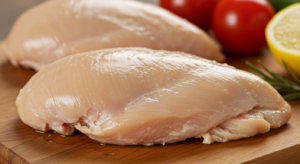
Getting the Day Started with Traditional Japanese Cuisine
Japanese cuisine, renowned for its variety and quality, is also renowned for its distinctive breakfast habits. The traditional Japanese breakfast helps Japanese people start the day with nutrients and a burst of energy, which promotes productivity throughout the day. Typically, white rice and grilled fish are key components of this important meal of the day.
If you’re interested in Japanese culture and cuisine, breakfast is a great place to start. Rice, the staple food of Japanese cuisine, is ladled into a bowl and served with pickled vegetables or natto (fermented soybeans). Then, a grilled or broiled fish lends a delicate, smoky flavor. Pickled vegetables and natto fermented soybeans both add a bit of zing to the dish, making it a fantastic way to energize your morning routine.
Enjoy an Egg Dish alongside the Traditional Japanese Breakfast
An egg dish is another common part of the meal. You’ll find a variety of preparations, from lightly scrambled eggs to a more refined ‘Tamagoyaki’ – a rolled egg omelette made with dashi and soy sauce. The egg dish can be a standalone meal or paired with white rice, making it a nutritious and fulfilling meal to start the day.
Deep frying is not typically associated with breakfast in many cultures, but in Japan, a light, airy tempura could find its way onto the morning meal table. Vegetables or shrimp coated in a light batter, quickly deep fried until golden and crisp, can make for a flavourful and satisfying deep frying experience.
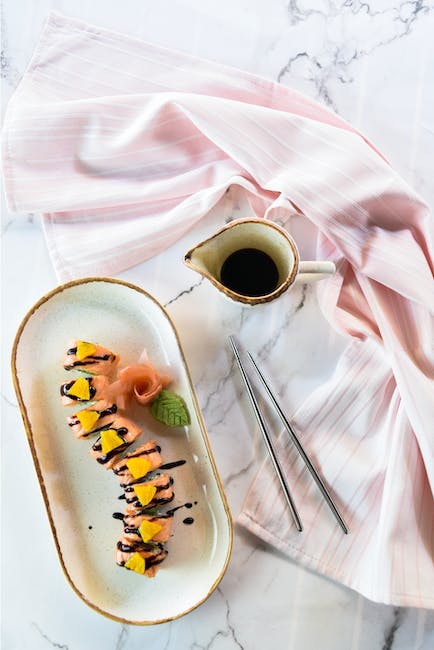
Wake Up to Wakame Seaweed and Green Onions
In Japanese culinary tradition, a good breakfast also includes a bowl of soup. The soup often includes wakame seaweed and green onions, as well as tofu. The combination of these ingredients creates a light but hearty soup that is sure to warm you up and provide a gentle start to your morning routine.
Miso soup, a common Japanese soup, is made with fermented bean paste and comes in many variations. Wakame seaweed and green onions are popular add-ins, providing a boost of nutrients, texture, and flavor. Both wakame seaweed and green onions are considered great sources of important nutrients, making them an excellent addition to breakfast.
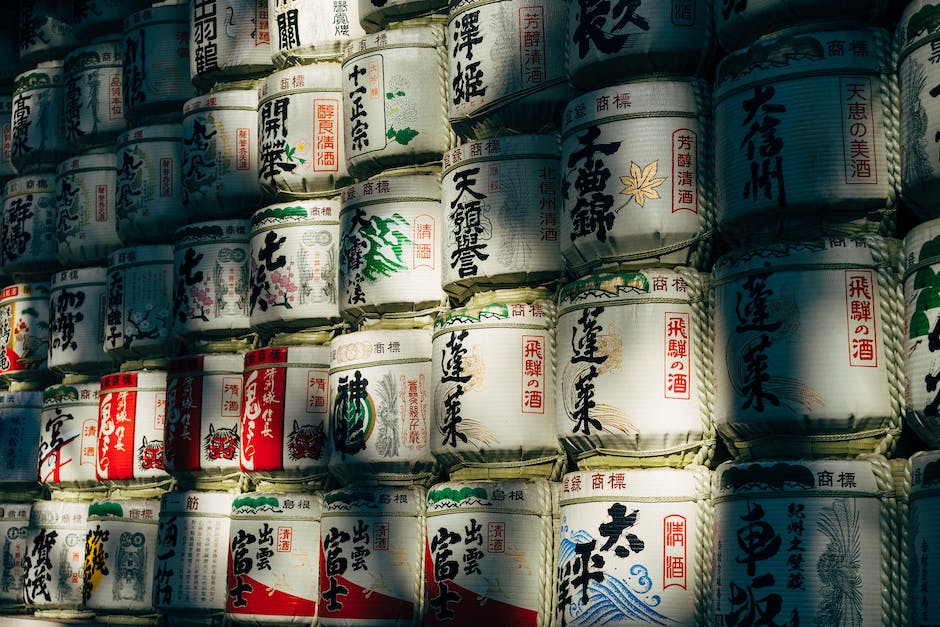
Green Tea – A Popular Breakfast Beverage
In Japan, the most popular breakfast beverage is certainly green tea. This nourishing drink is packed with antioxidants, promoting good health and an alert mind. Consumed throughout the day, starting from breakfast, green tea is an integral part of Japanese food culture.
Steamed, not fermented like black teas, green tea has a more subdued flavor and a lower caffeine content. This makes it a mellow and soothing drink to begin the day. Enjoyed hot or cold, green tea is a versatile and nourishing element of the Japanese breakfast.

The Role of Soy Sauce in Japanese Breakfast
Soy sauce is a significant element of Japanese cuisine. It adds depth, flavor, and umami to dishes, and it is no different for their breakfast. Whether used in savory egg dishes or as a side sauce for grilled fish, soy sauce enhances the natural flavors of these foods, providing a unique taste that is markedly Japanese.
Quality and variety define Japanese soy sauce, and it is created through a precise and elaborate process involving soybeans, wheat, and fermentation. The resulting sauce can range from light and salty to rich and slightly sweet, lending a complex flavor profile to the dishes it garnishes.
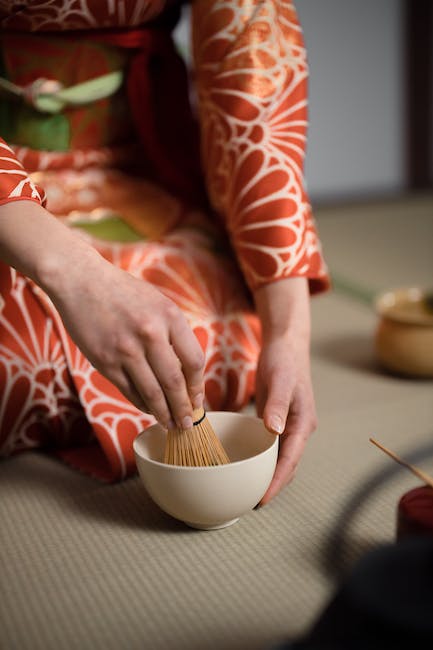
The Custom of Rice Porridge in Japanese Morning Meals
Rice porridge, or ‘okayu’, is another typical Japanese breakfast dish. Made by slowly cooking rice in a lot of water, it transforms into a creamy and comforting dish, akin to oatmeal or grits in Western cuisine. A favored cold-weather breakfast, it is often served with pickled plums or green onions.
The delicate taste and soothing texture of rice porridge make it easily digestible, an ideal option for those with a sensitive stomach. It’s a common choice for children and ill persons in Japanese culture but widely enjoyed by all ages as a delicious and nurturing start to the day.
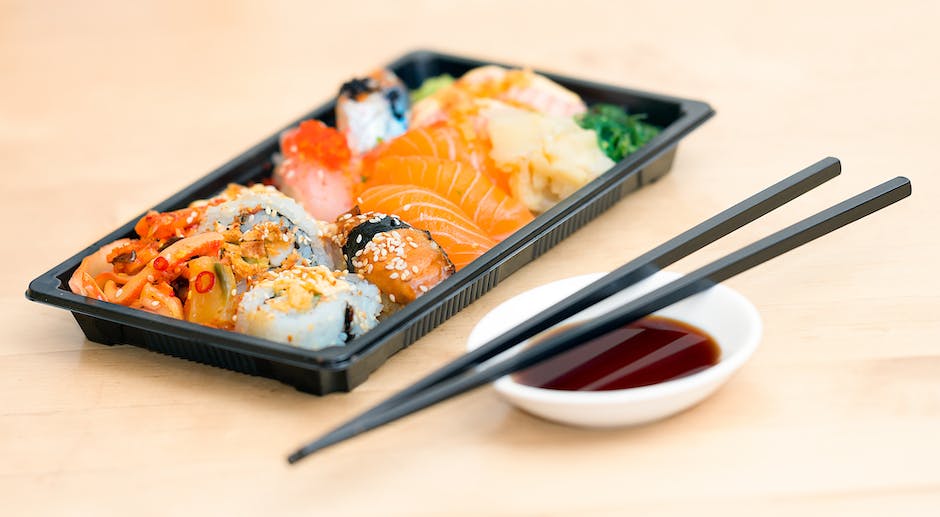
Dried Seaweed: A Staple of the Japanese Breakfast
Dried seaweed, known as ‘nori’, is a common addition to Japanese breakfast. Used in various ways, from seasoning rice to wrapping onigiri (rice balls), dried seaweed adds a unique flavor and texture that enhance the overall breakfast experience.
Despite its modest appearance, dried seaweed is power-packed with nutrients, including a high level of iodine, which can promote a healthy thyroid. The savory, slightly sweet flavor of nori, along with its crispy texture, makes it a welcomed addition to the traditional Japanese breakfast.
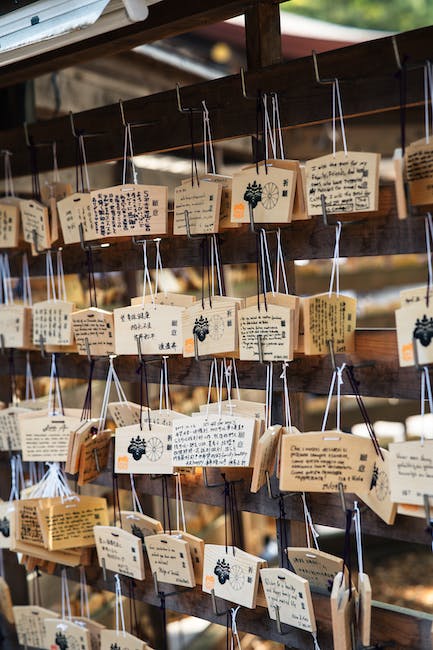
A Quintessential Japanese Breakfast Culminates with Pickled Vegetables
Pickled vegetables are an integral part of a traditional Japanese breakfast. They lend a tangy, crunchy contrast to the other components of the meal. Pickled cucumbers, radishes, and plums are common, and each has its specific pickling style and resulting flavor.
These pickles, known as ‘tsukemono’ in Japan, are not just palate cleansers but also digestive aids. They help to break down the rice and increase digestion. Thus, pickled vegetables not only brighten up the flavors of the meal but also provide a healthy kick-start to your day.
FAQ
What kind of white rice is used in Japanese breakfast?
Japanese people often prefer to use short-grain white rice for its slightly sticky texture and subtle sweetness.
What types of fish are usually grilled for breakfast?
Commonly, you’ll find mackerel, salmon, and shad served as a grilled fish dish for breakfast.
What is the importance of soy sauce in Japanese food?
Soy sauce adds depth, flavor, and umami to dishes, enhancing their natural flavors.
How is deep frying typically done for Japanese breakfast?
Deep frying in Japanese breakfast is typically done with tempura, a light batter coating for vegetables and shrimps.
Can I replace wakame seaweed with any other seaweed?
Wakame has a unique flavor profile, but it could be replaced by other types like nori or dulse.
Is green tea consumed hot or cold in Japan?
It can be enjoyed both ways, depending on personal preference and the season
What does a traditional Japanese breakfast look like?
The traditional Japanese breakfast usually consists of steamed white rice, miso soup, grilled fish, and various side dishes like pickles, natto, and an egg dish.
Are there any vegetarian options in a traditional Japanese breakfast?
Yes, several components like rice, pickles, miso soup, and vegetable tempura are vegetarian.
Why is rice porridge served in Japanese breakfast?
Rice porridge, or okayu, is a hearty and comforting dish that is easy to digest, making it perfect for breakfast.
What’s the nutritional value of dried seaweed?
Dried seaweed is rich in iodine, and also contains other essential minerals like magnesium, calcium, iron, and copper.





